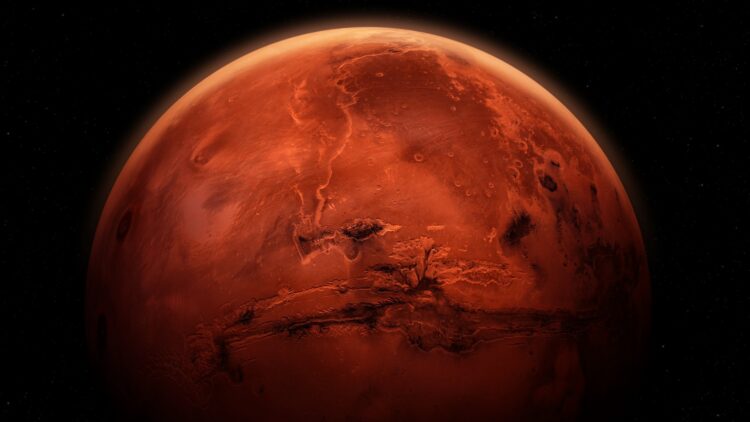The dollar is changing forever these are the new dollars that will be in circulation as of this date it is official
Confirmed by SSDI these are the two reasons you will lose your Social Security payments forever
Fines of $850 for all drivers who fail to comply with this simple winter duty
Have you ever wondered what happens to a meteorite once it hits the surface of the Earth? This post will be adored by you! As we already know, our strong atmosphere, which functions similarly to Captain America’s shield, usually prevents any alien object from entering our atmosphere and breaks it up so that it cannot have a significant influence on our planet. However, this example has left us speechless. In 2011, a collector in Morocco purchased a rock that had been discovered in the Sahara desert, but even Steven Spielberg was surprised by the series of events that followed.
And it is the reason why it has taken experts over ten years to figure out the rock’s greatest secret, despite the fact that it was already known that it was the remnants of a Martian meteorite! Are you curious as to what it is? Let us tell you: it is unequivocal evidence that thermal water existed—or existed—on Mars billions of years ago! Follow along to learn all there is to know about this stone and its significant discovery.
Black Beauty and its secret about Mars past
This meteorite fragment, known as Black Beauty, was identified as Norwest Africa 7034 (NWA 7034). It was discovered in the Sahara Desert (Western Sahara) and sold to an American collector in 2011. It weights 320 grams.
It is thought to have been a component of the Martian crust before it broke off from the planet because of its peculiar composition, which includes minerals of varying ages as well as a mixture of different minerals that have been adhered to one another.
A journey through time
According to the most recent research on it, a 4.45 billion-year-old mineral called zircon was identified inside the meteor! Almost from the time when the planet was still developing, or at least in its early phases.
Finally, proof of water on Mars.
All of the meteorites that have been studied on Mars up to this point have come from later geological eras, but this Black Beauty is unquestionably evidence of the red planet’s environment and is unusual in that it contains ten times as much water as other meteorites. Its composition has also been determined to be aluminum and sodium, which is unusual for a purely magmatic zircon. The existence of small magnetite (iron oxide) inclusions, however, is what most strongly indicates that it formed under hydrothermal conditions, which are high-temperature water. We’re not sure whether you understand, but this indicates that there were liquid water habitats on Mars 4.45 billion years ago. What does this mean? Although there is now no concrete proof that it was habitable in its early stages, this suggests that hydrothermal conditions may have supported the presence of microbes.
Different hypotheses
Did life exist on Mars? Is this the reason it came to Earth on a meteorite? We’re not sure. Our researchers’ entire perspective on the origin of Mars and its more distant past has been altered by this incredibly random discovery, even though we don’t have any proof of it either and probably never will. Did life once exist on Mars? Are the creatures that once inhabited Mars our ancestors? Every time we consider how our planet formed, the others, why we revolve around the sun, and what is beyond the universe that we now know, so many questions come to mind. Because astronomy and astrophysics are so big and fascinating, we can’t contain our excitement about what we might learn about our existence next!






